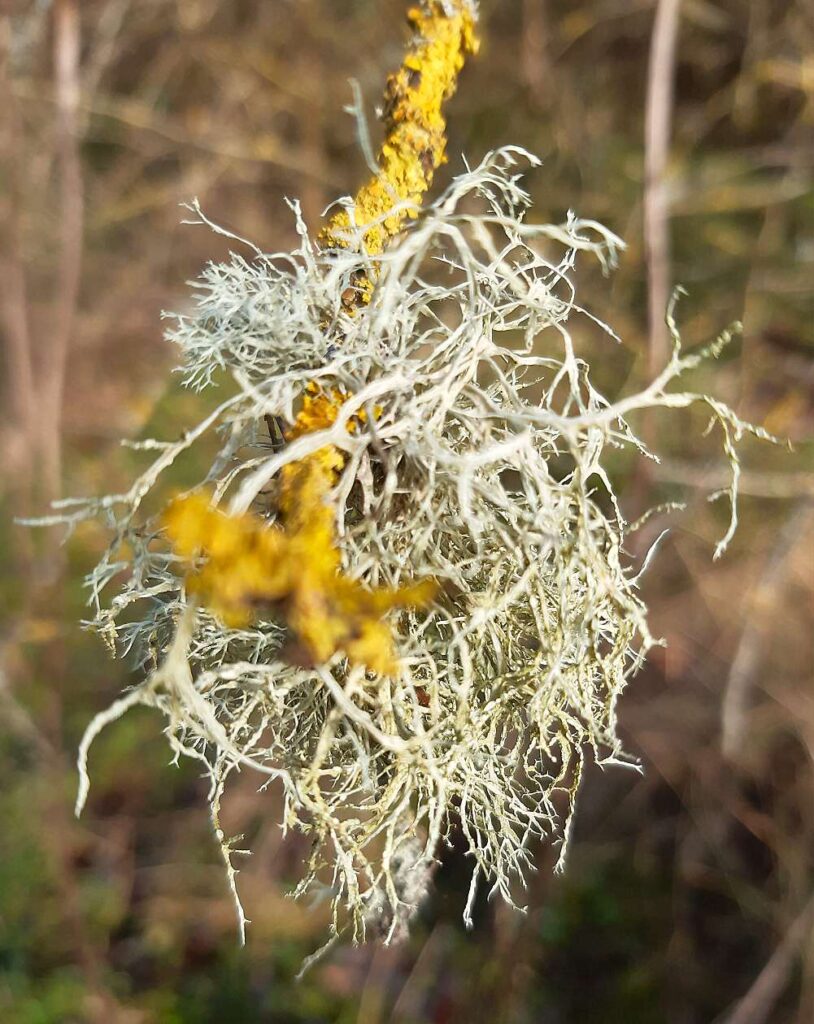
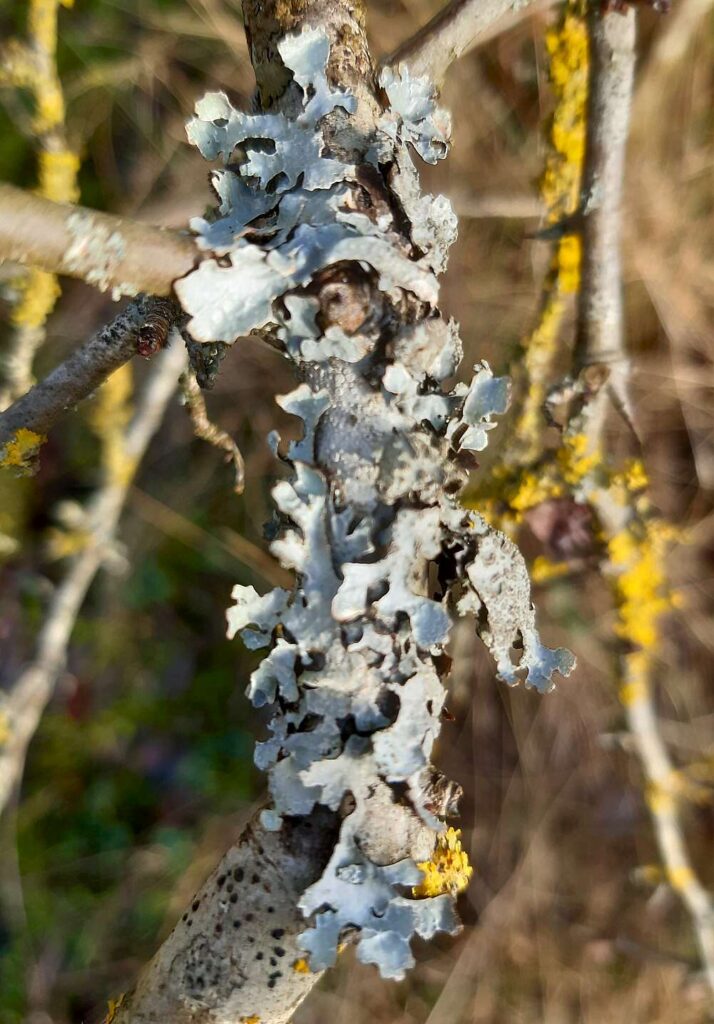
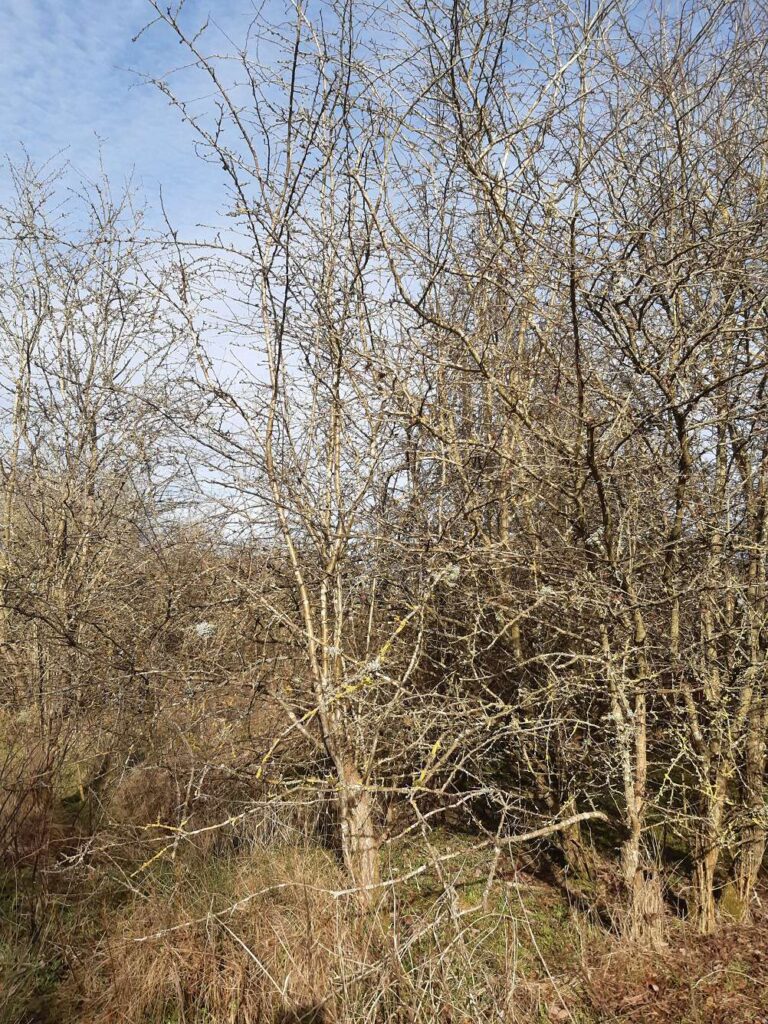



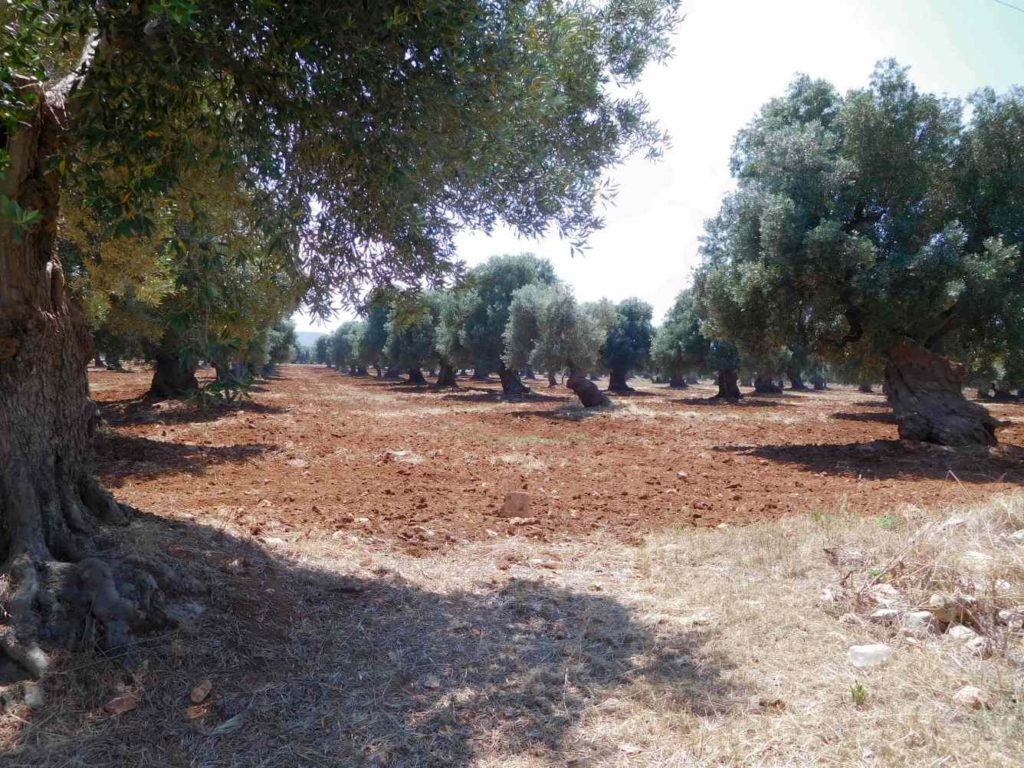
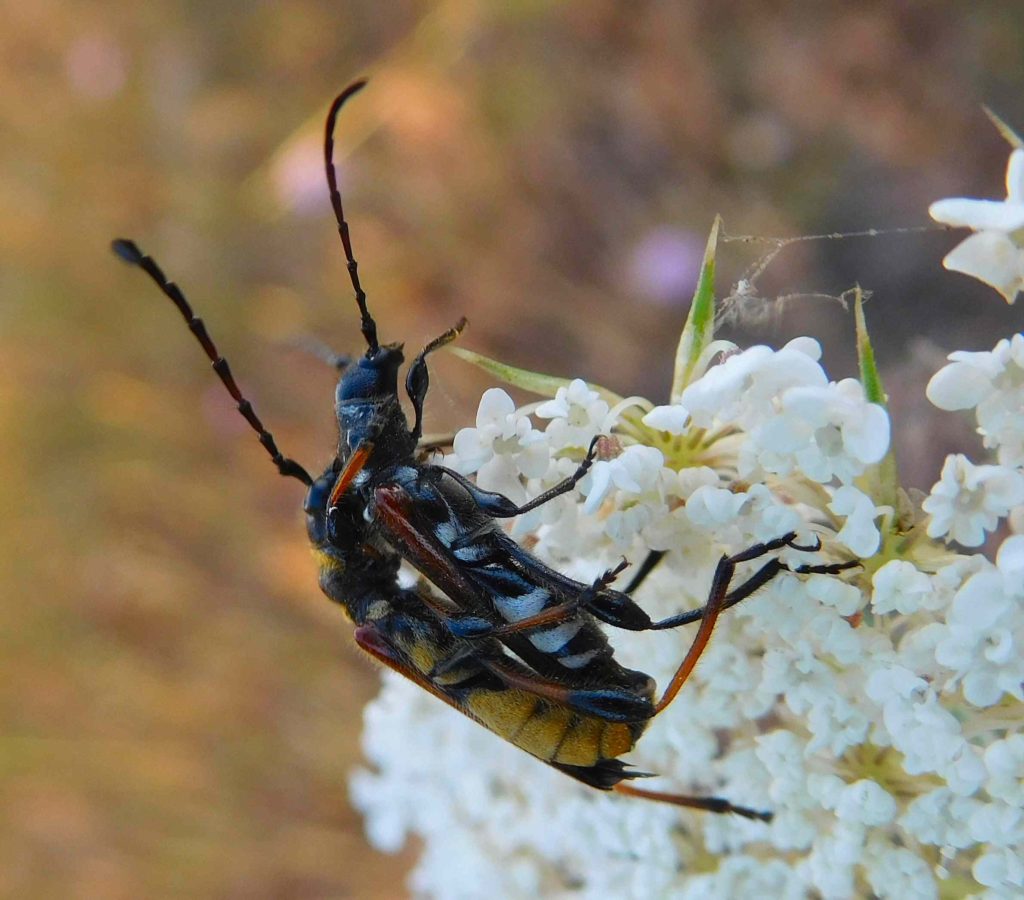

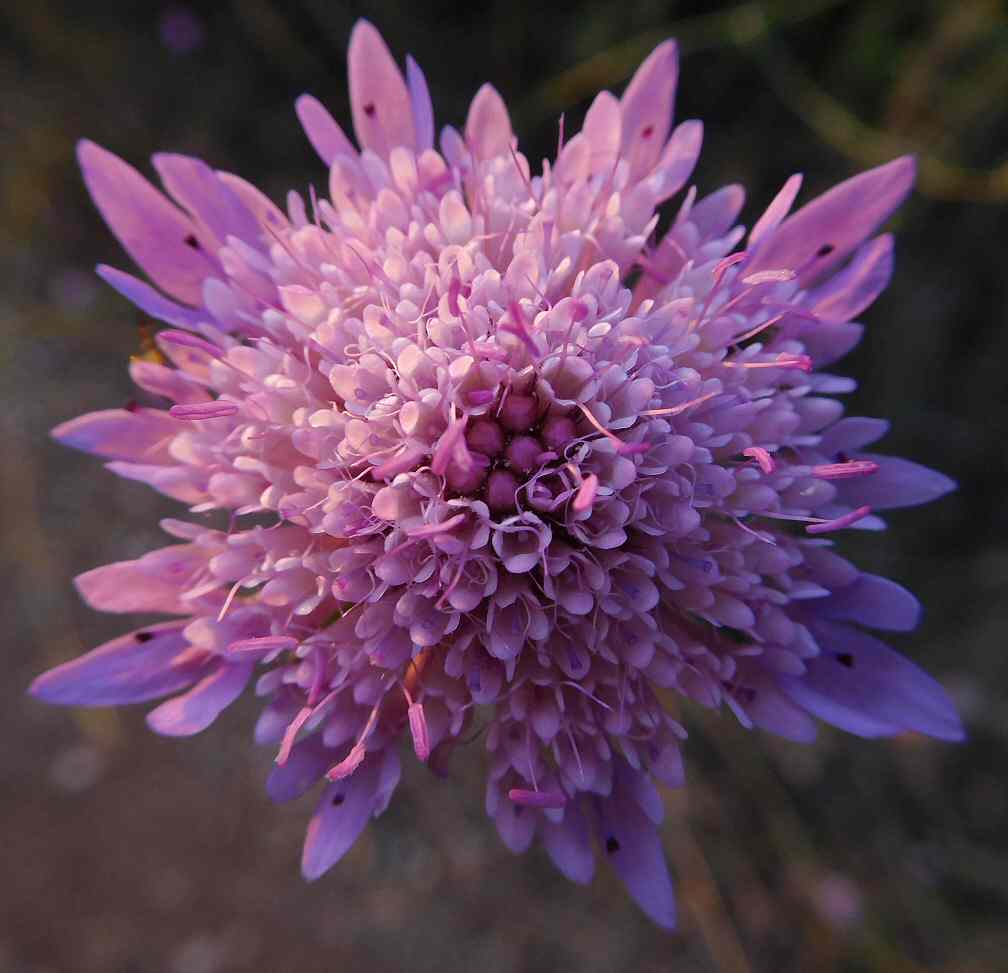
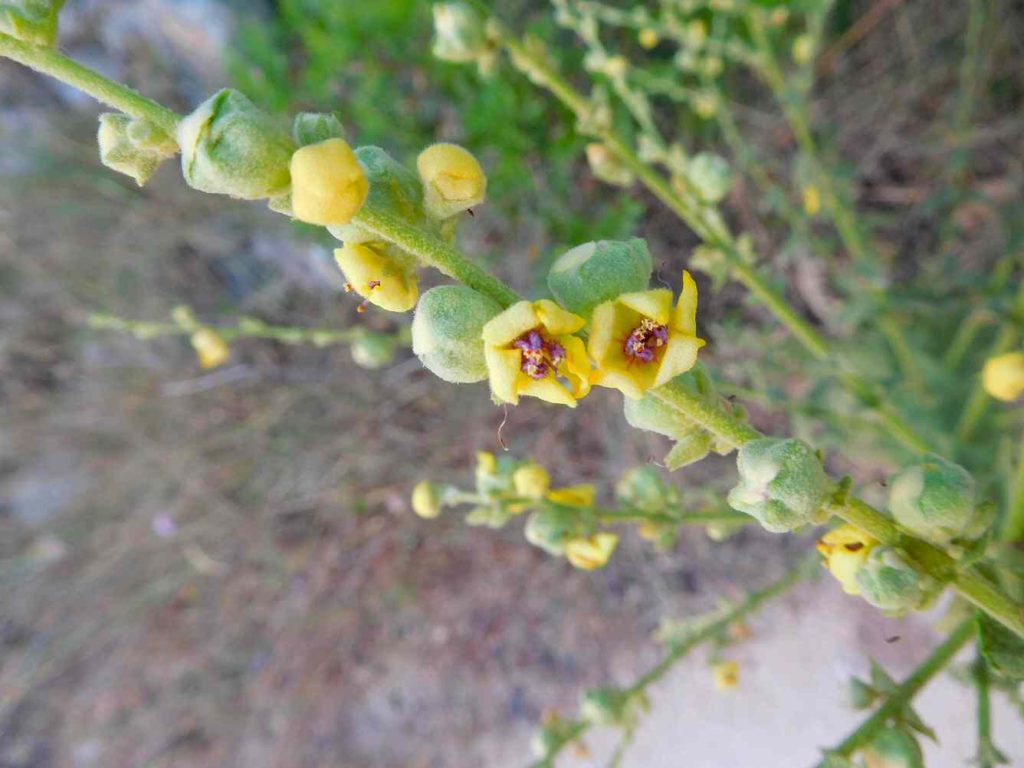
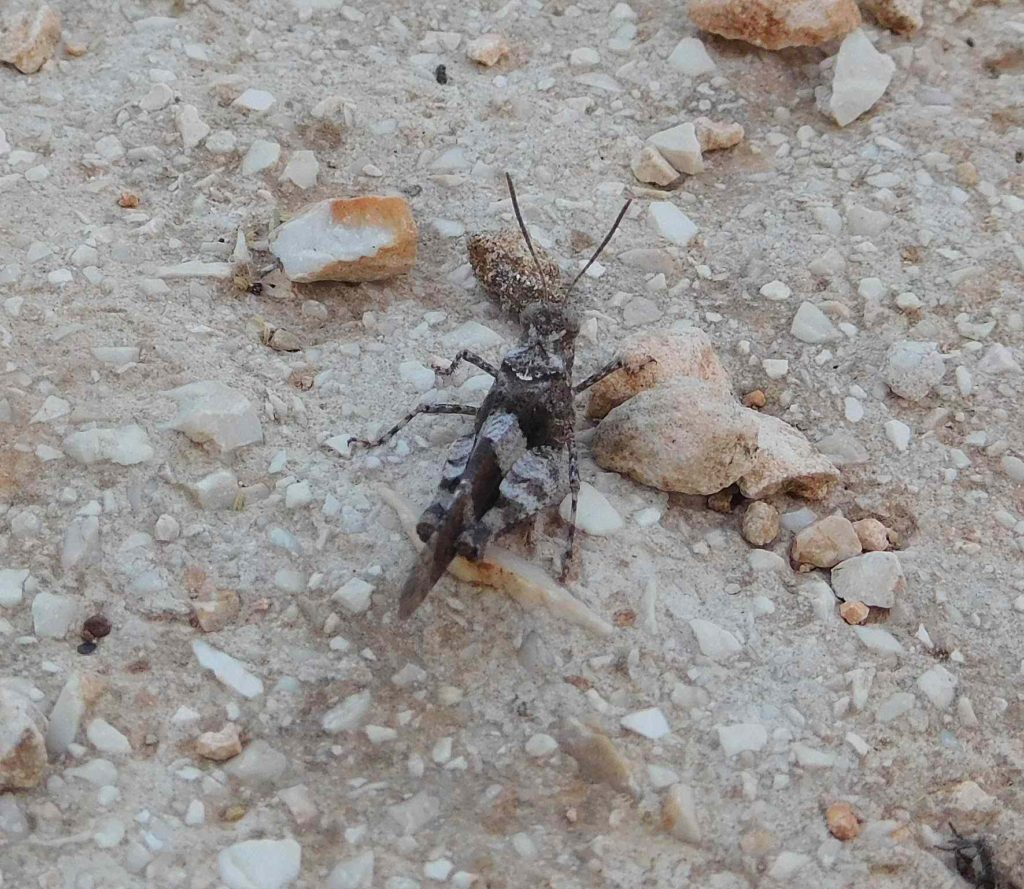
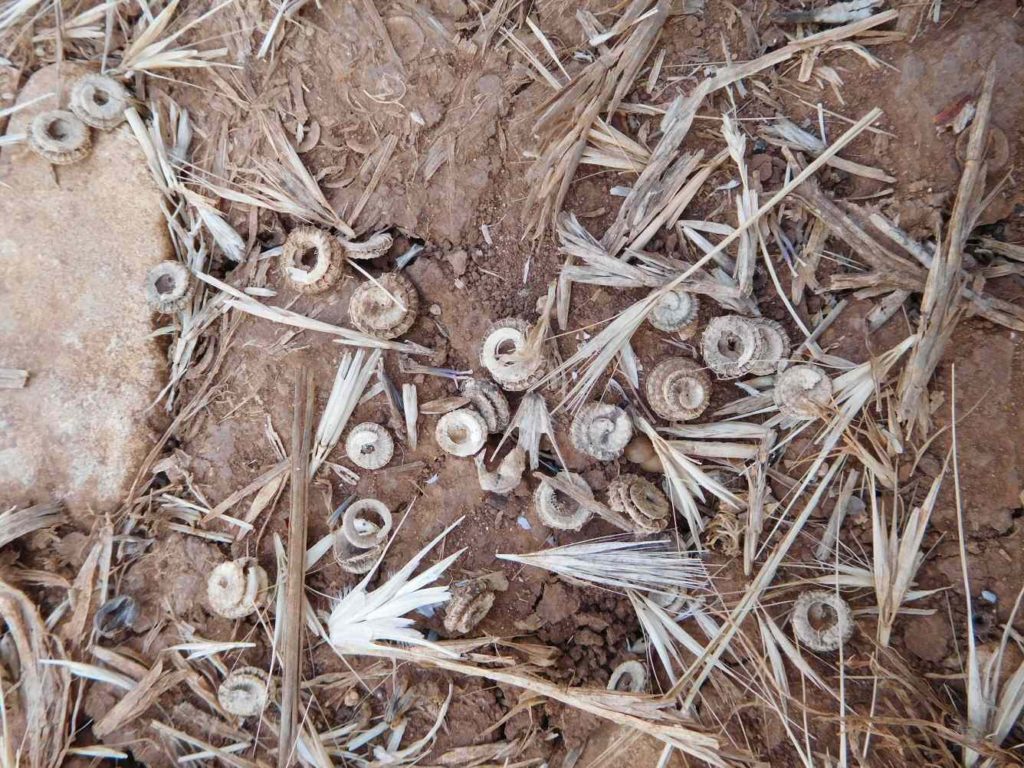
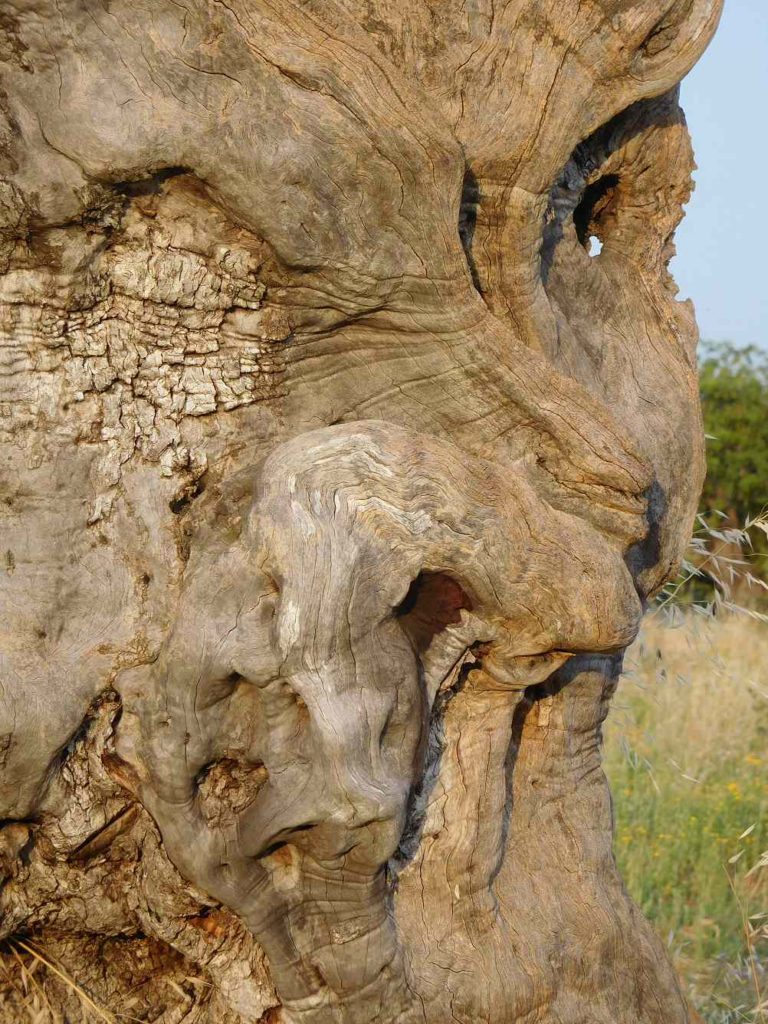
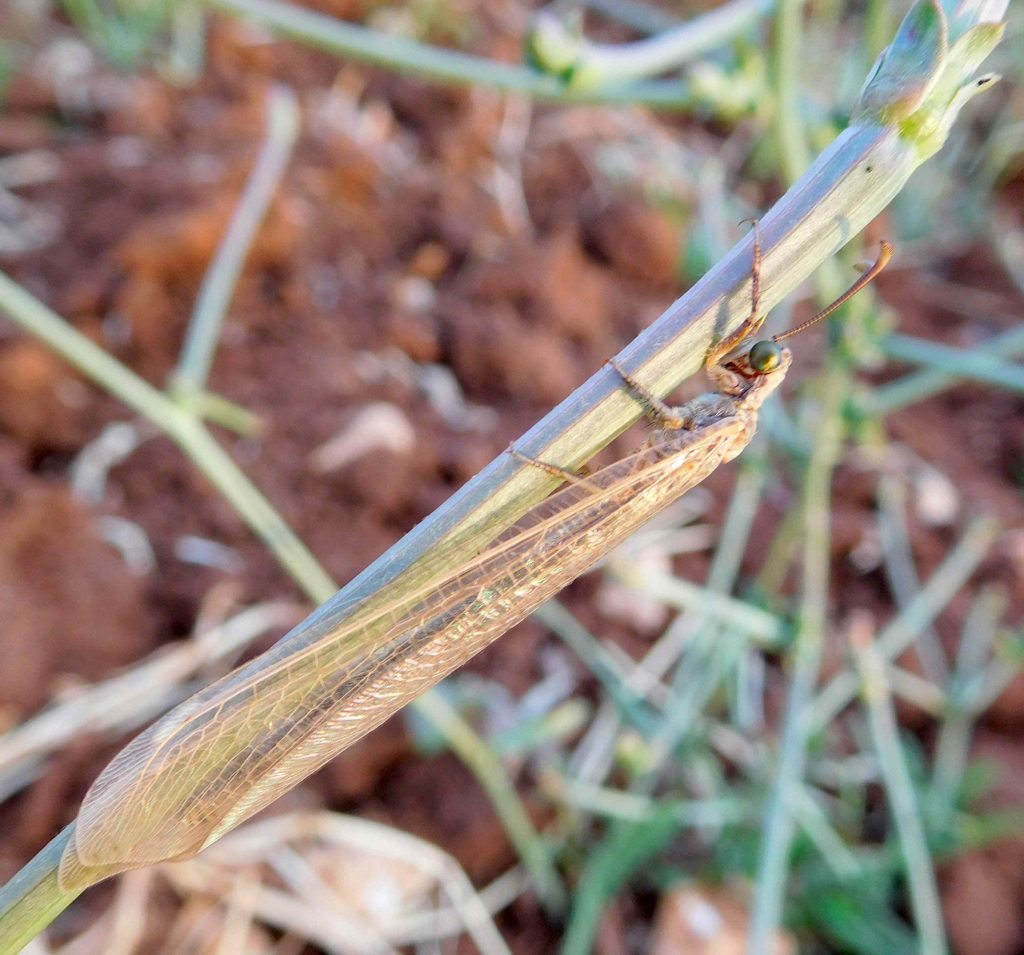
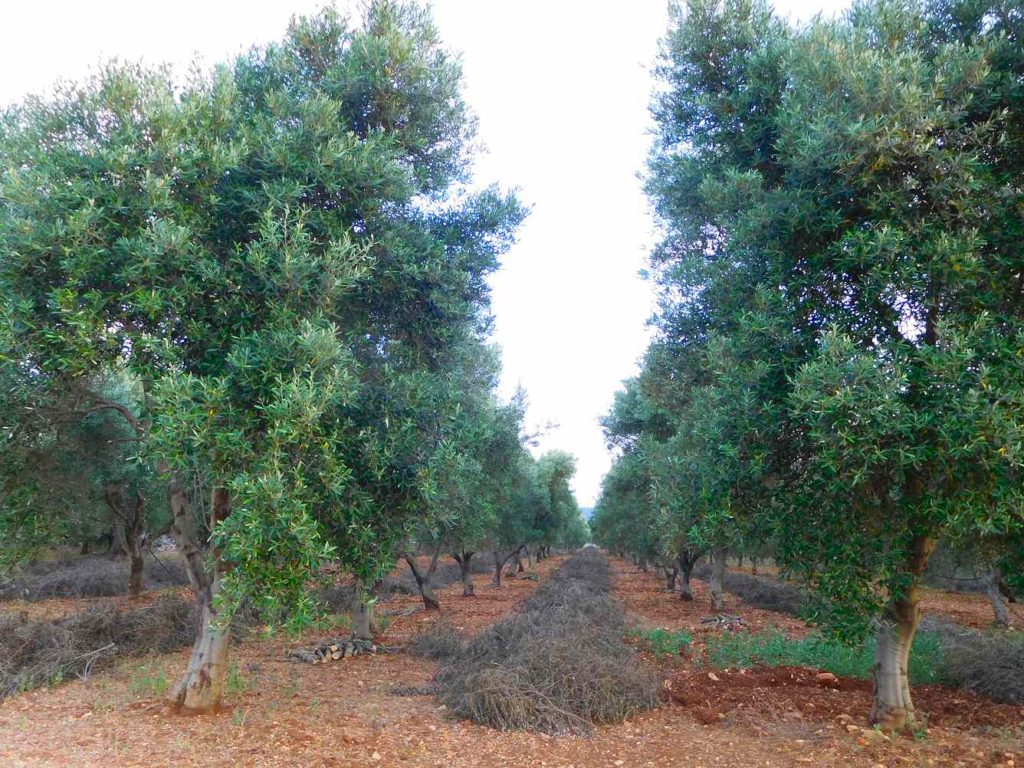
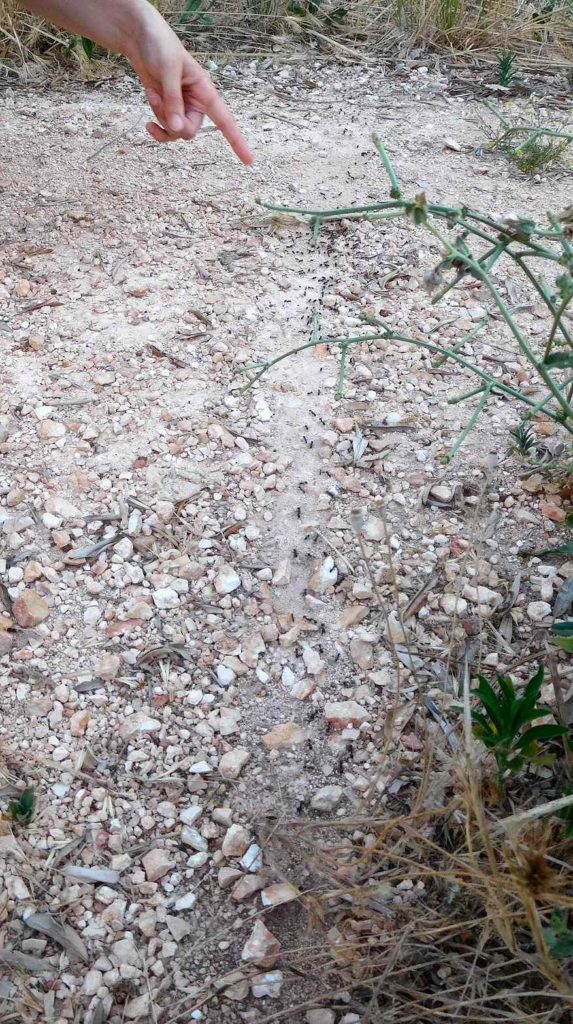
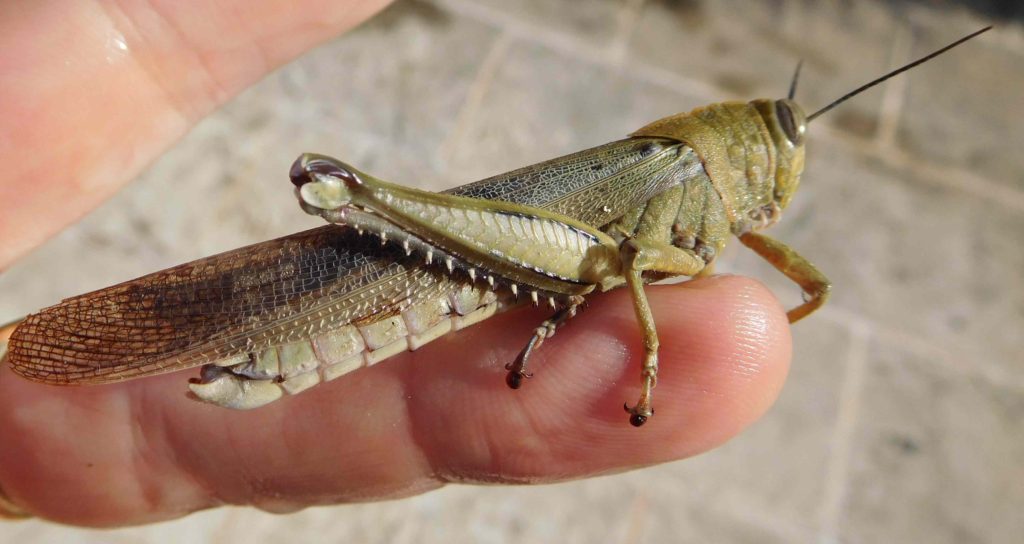
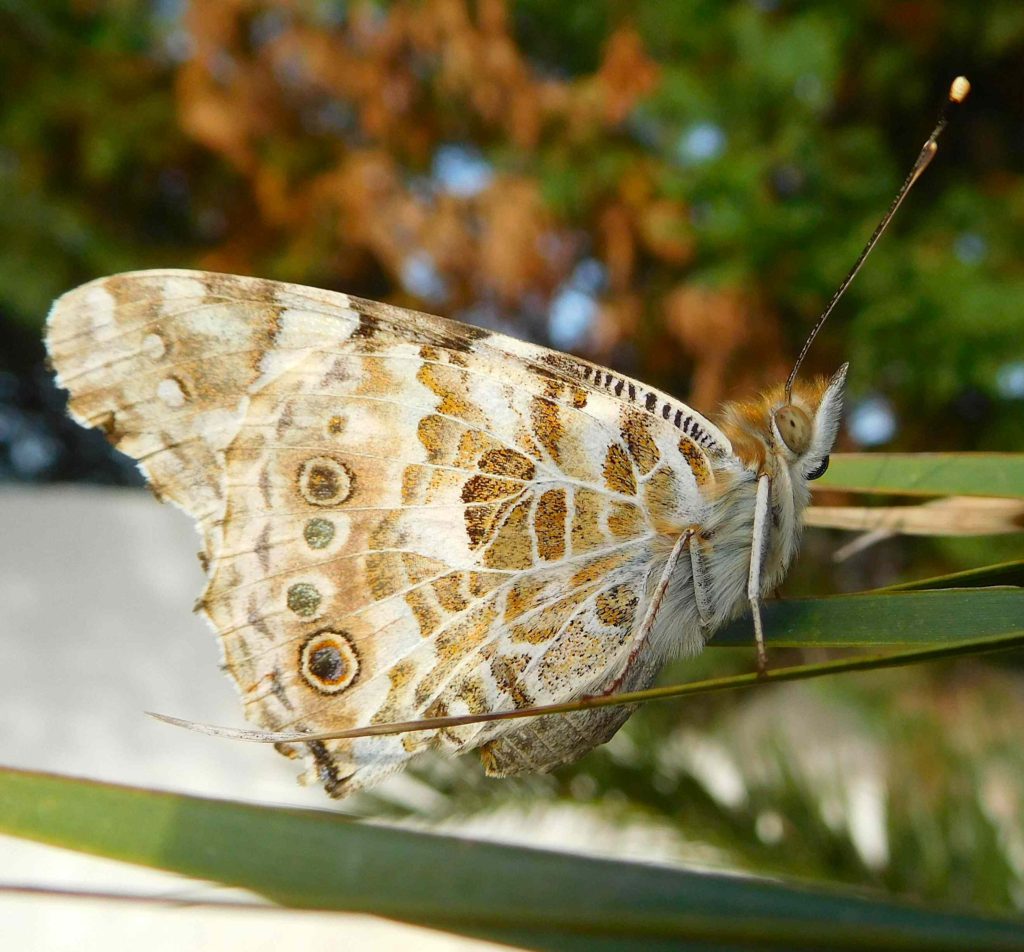
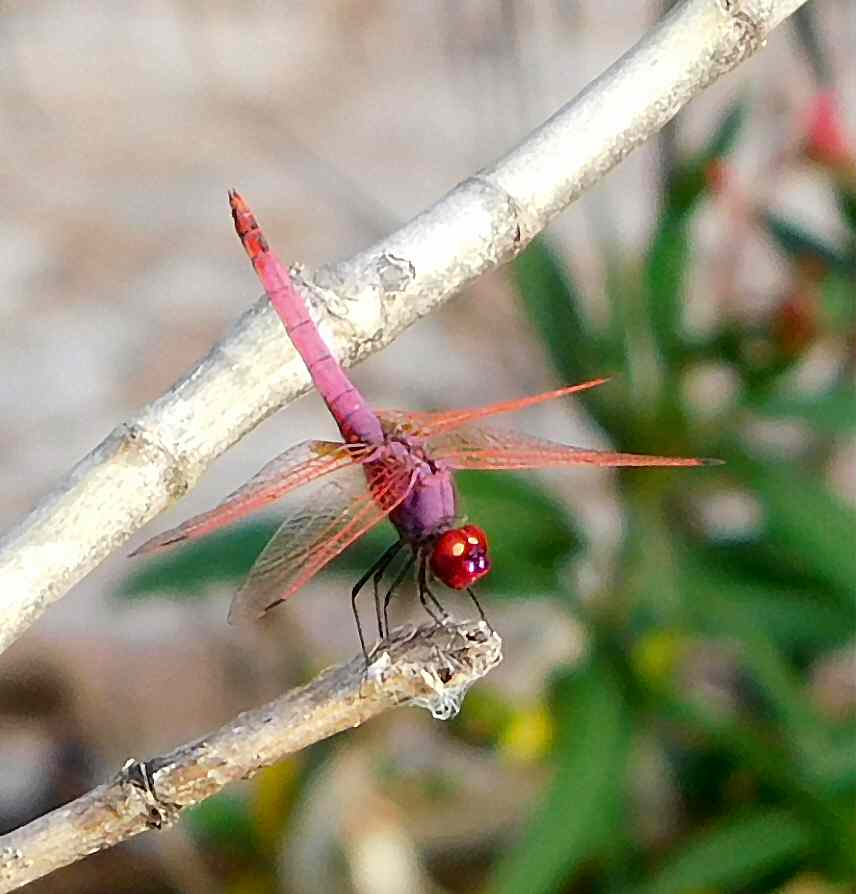
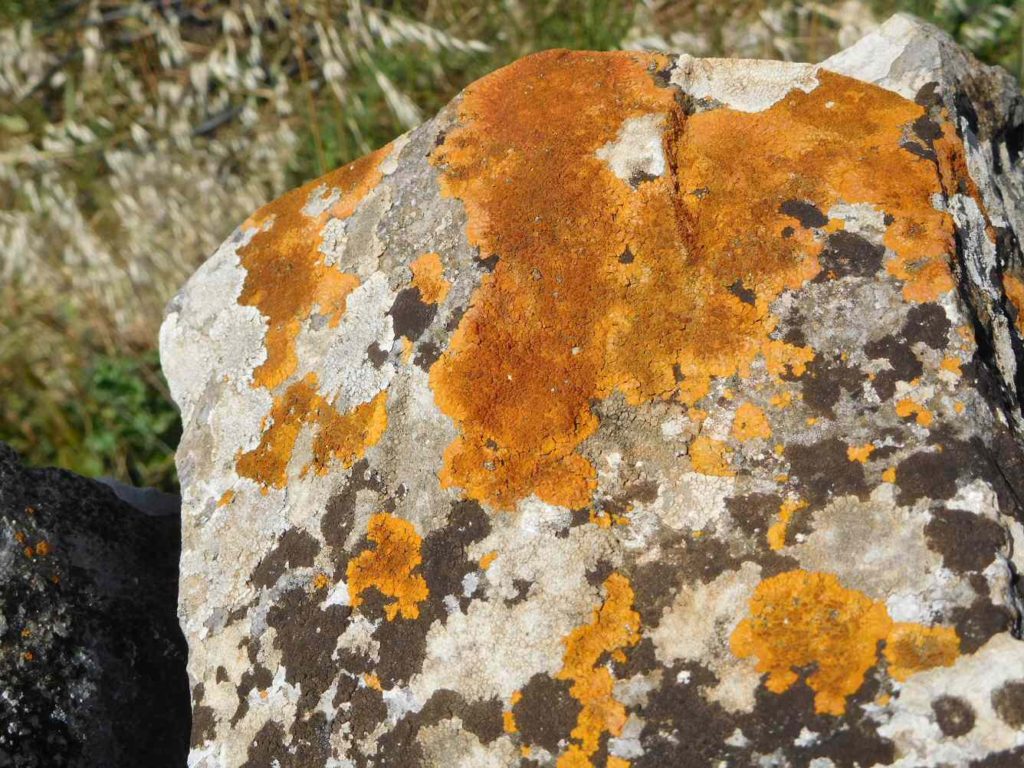
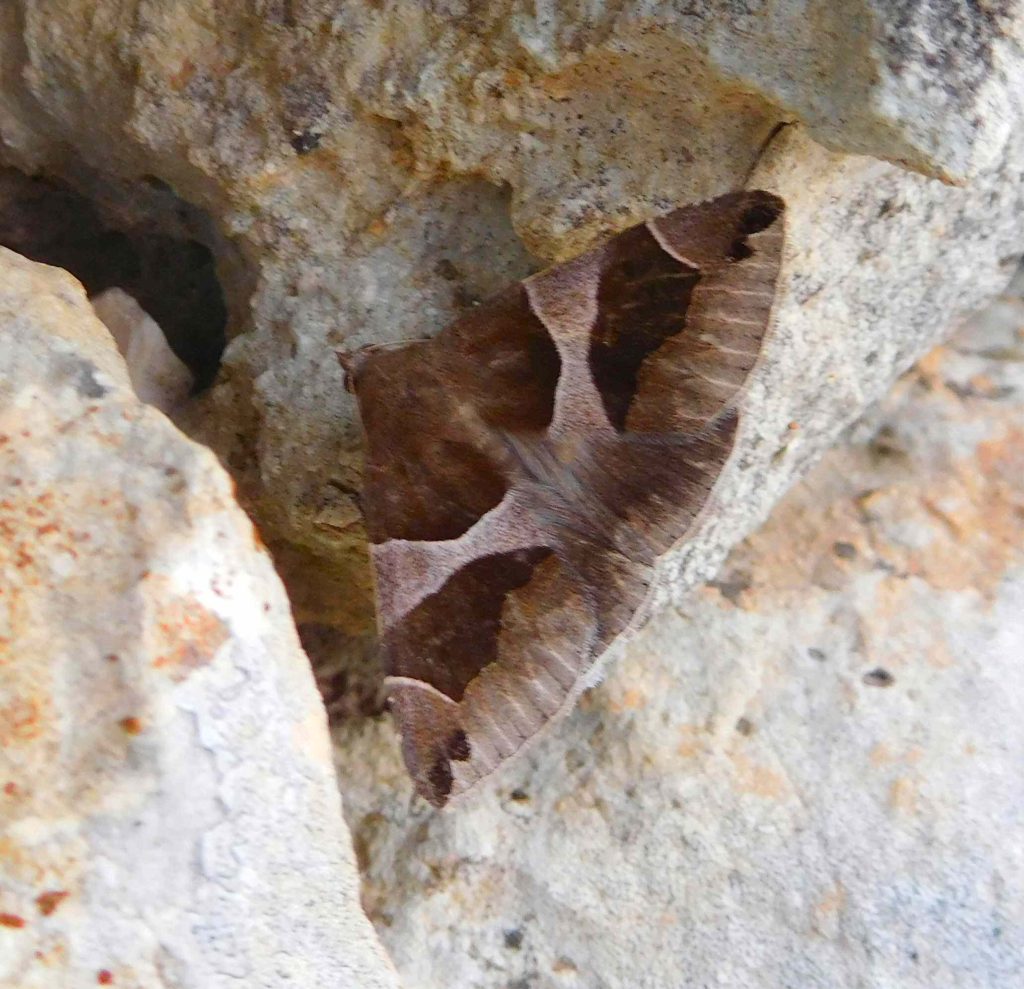
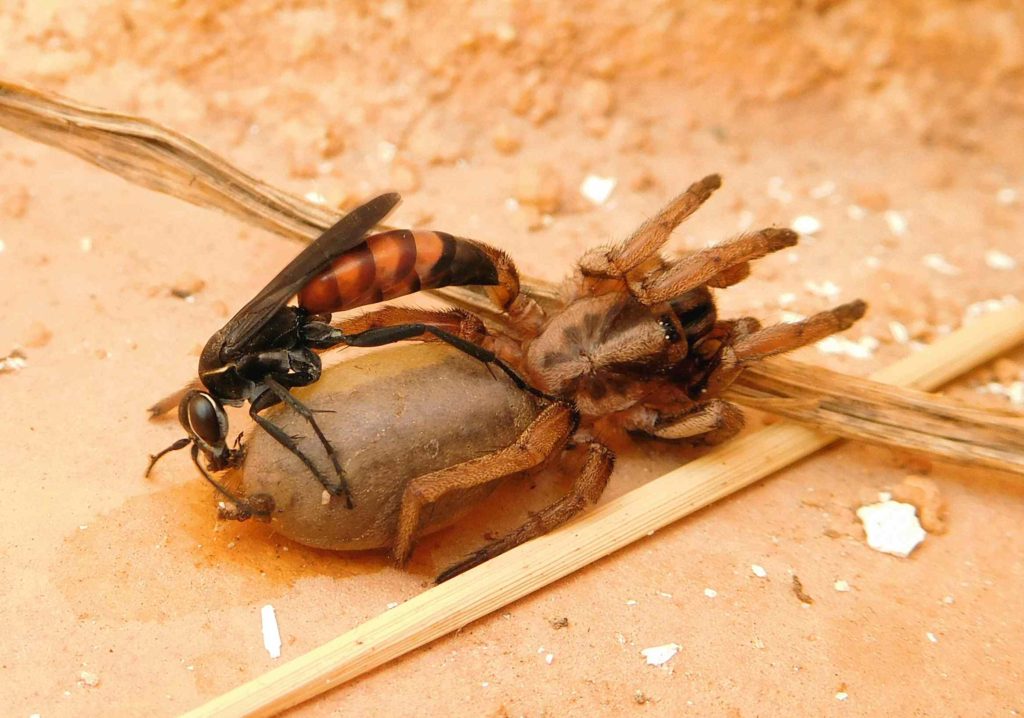

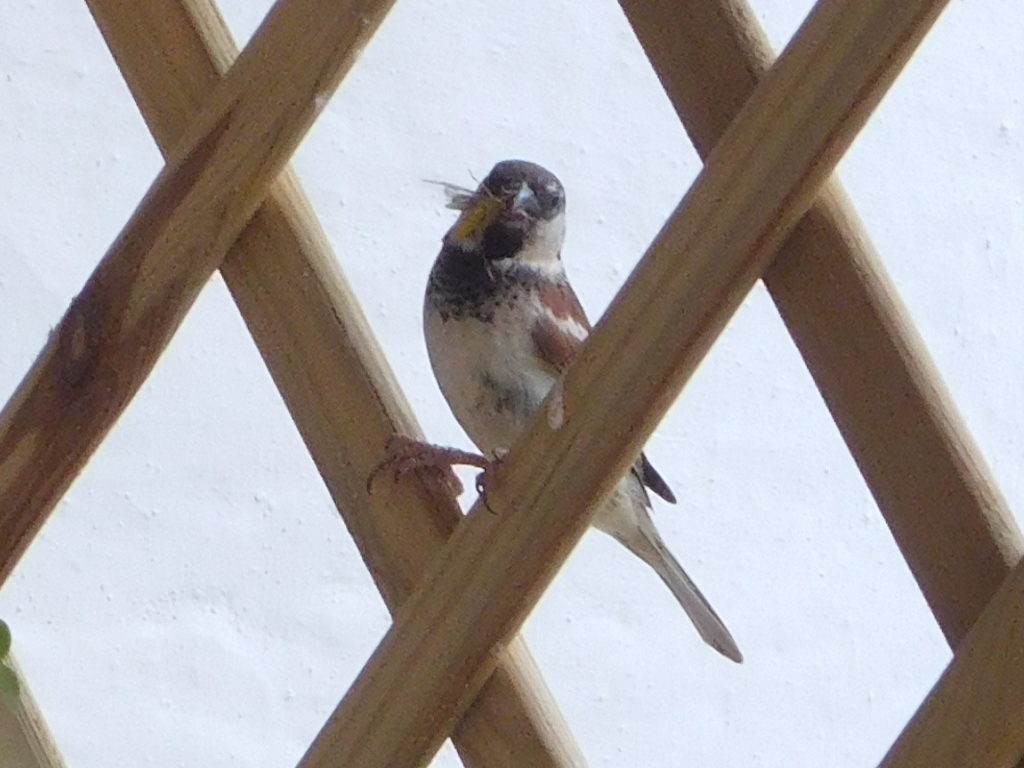
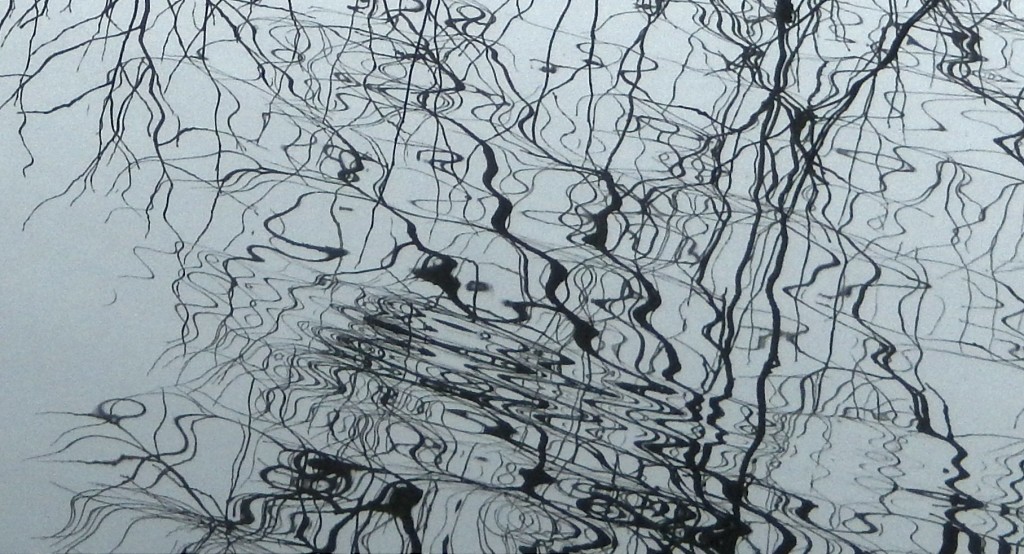
Well, after 7 Vole Patrol postings, and some very cold, wet and early mornings, I felt like enjoying a nature walk in the sunshine, away from Woodmice. But as I left town I found myself in fog, not too thick to be sure, but fog nonetheless.
I was rewarded, however, with the lovely sight of the willows along the lake seeming to float, isolated in the smooth sea of soft gray.
As the mist slowly lifted, a pair of Goosanders and a pair of Goldeneye (the male displaying, the female in tow a yard behind) could be seen through the mirk.
I couldn’t get away from the mammals, either. I was pleased to see not just the usual Muntjac prints along the path, but Roe Deer too. A little way further, and there was a Wood Mouse hopping in a relaxed way across the path, before diving down its hole.
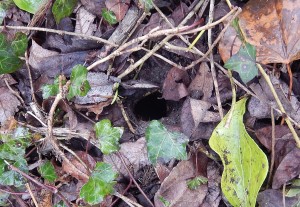
Among the birds calling were Green Woodpecker (finely), Great Tit, Song Thrush, Cetti’s Warbler. A Heron and a Parakeet flew overhead. Wood Pigeons and Carrion Crows watched warily.
The damp air had another good effect: the lichens looked wonderful, and even the bristly Ramalina were soft.
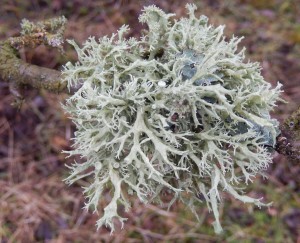
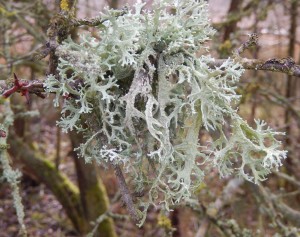
It was nice to see the lichens flourishing so close to London (and Heathrow): these little fungus/alga plants are very sensitive to pollution, and when I was a boy they were almost impossible to find anywhere near a city, so conservation stories can be happy.
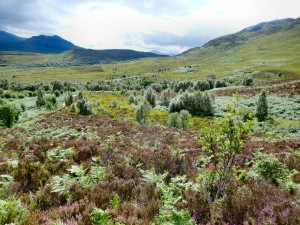
After a morning sheltering inside from the pouring rain, it cleared and I drove down to Creag Meagaidh, the enormous national nature reserve that fills a watershed from Loch Laggan up to the named mountain. The sun shone nearly all the time despite billows of cloud to the south. The hills were blue, setting off the shining grey-green of the birches, the russet of the heather – the Ling just coming into bloom now – and the bright yellow-green of the mossy grass.
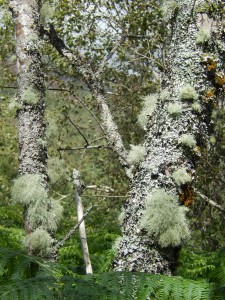
The Downy Birch is a stockier tree than the Silver Birch, tough enough to survive mountain winters, and home to a rich variety of lichens including Usnea beard lichens, bristly Ramalina, dark stringy Alectoria jubata (now renamed Bryoria fremontii), and various leafy Parmelia species that yield orange dyes used in Harris Tweed.
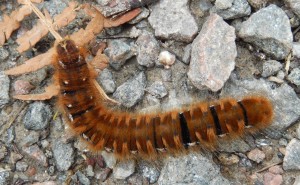
Large handsome caterpillars of the Northern Eggar Moth, the Scottish form of the Oak Eggar (Lasiocampa quercus), up to 3 inches (75 mm) long and nothing to do with oak trees, wriggled across the path, their rufous hairs warning off predators. They feed on Heather and Bilberry.
In every patch of damp grassland, Scotch Argus butterflies skittered, looking very dark in flight. They are hard to approach as they constantly chase each other off from their territories, but eventually I found one that stayed settled long enough to creep up to. Close up, the upper side is a rich brown, with red patches around the wing edges dotted with black circles that have white centres.
A few bumblebees, some of unfamiliar species, visited the Devilsbit Scabious (Scabiosa succisa) briefly. Large Syrphid hoverflies basked on the paths.
Further up the valley, a fine group of birches actually glittered in the bright sunlight, the water of the stream shining silver behind them.
A dead birch, stark against the sky, supported stout Birch Bracket polypores, handsomely whitish-grey above, yellow ochre below.
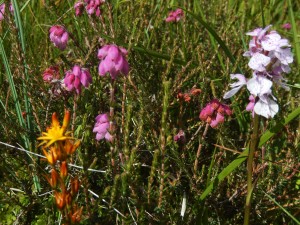
In the boggier patches, Bog Asphodel and Marsh Orchid flowered among the Bell Heather.
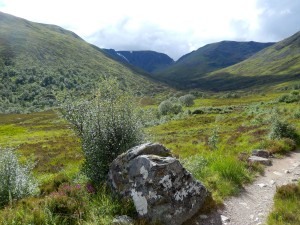
I turned the corner of the valley to see snow still lying in the deep, north-facing gullies on Creag Meagaidh, and the striking notch of the col that gives access to the mountain ridge.
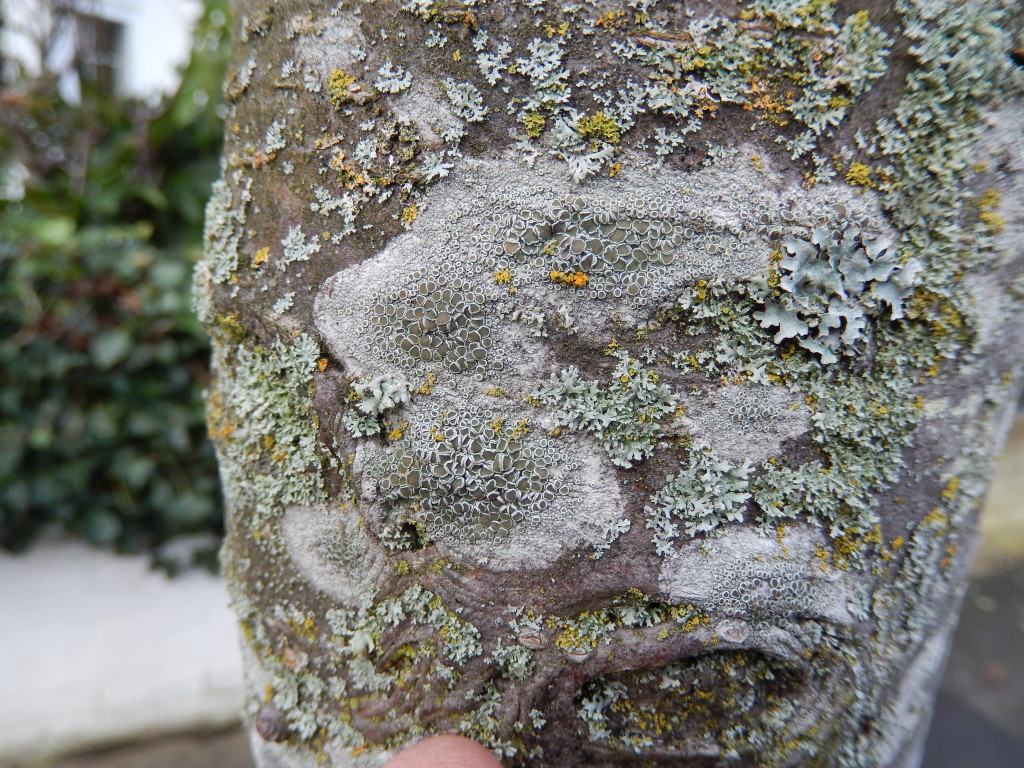
Amidst the grim news of habitat loss and species in retreat or going extinct, it is pleasant to be able to observe a small conservation success story. Lichens, which had almost disappeared from Britain’s cities by 1970 – I was there, and I remember looking about in Hyde Park with some disappointment – are creeping back into London’s streets, and (I don’t doubt) streets all over Britain.
Back in 1970, if you wanted to see a lichen in Britain, you basically had to travel westwards, to Cornwall, Wales, the Lake District, or the Highlands and Islands. Those places had what lichens need: good rocky habitat, or old forest trees; and one special ingredient: clean air. For, we had unintentionally discovered, lichens are sensitive indicators of air quality.
Or, to put it bluntly, air pollution. Tiny concentrations of sulphur dioxide gas are enough to kill all the lichens in an area. Britain today has rather few volcanoes belching out clouds of dangerous sulphurous gases. The sulphur came from fossil fuels, mainly coal. When it was burnt, the sulphur was oxidised to sulphur dioxide (SO2) , and when mixed with rainwater, it fell as sulphurous acid (H2SO3). Where did it fall? Initially it just trickled out of small chimneys, of homes and factories, polluting the cities and creating “London fog” – in reality, a poisonous yellow photochemical smog, a witches’ brew of sulphur and nitrogen oxides.
This problem was interestingly addressed by the Tall Chimneys policy. The smoke was carried up much higher than before, so Britain’s prevailing Westerlies blew the stuff much further afield. The concentration of noxious gases around our factories fell satisfactorily; London’s romantic Dickensian “fogs” disappeared. The gases travelled across the North Sea, causing acid rain in Scandinavia, and depriving Stockholm and the beautiful clean-looking pine forests and islands of its Archipelago of their lichens. I know, I looked for them in 1986, and I remember finding one small colony in a morning’s walk.
Back to here and now. Nearly all our coal mines have closed, and with them most of the shipyards and steelmakers too. Houses are heated by clean natural gas – nearly pure methane. Houses are no longer blackened by smoke; a shirt worn in the city for a day does not have a black collar in the evening. And lichens are creeping back into the streets.
In the photograph, you can see at least four species of lichen. There are the large rounded colonies of crustose lichens in the centre, with olive-disked apothecia (fruiting bodies containing masses of spores) rimmed with white. There are small grey foliose (leafy) lichens of the kind I still call “Parmelia“. There is a much larger, greyer “Parmelia”. And there are many small colonies of an orange foliose lichen, probably the Common Orange Lichen, Xanthoria parietina. Perhaps there are more. (If you are a lichen expert, I’d love to know what they all are. Do contact me.)
Apparently there are now 17 urban lichens, up from, well, one rather tough species – Lecanora conizaeoides. It’s a tiny, rather flat grey species, and it alone can tolerate a moderate dose of sulphur dioxide; at least, it could be found in sheltered places even in London, even in 1970, away from the worst of the smog.
Is this a conservation success? The Tall Chimneys were a health measure; the death of Coal was mainly an economic matter. Still, it’s nice to see the lichens coming back. Perhaps in a few decades’ time (lichens are rather slow-growing) we may see big yellow splashes of lichen on roofs, walls and trees in every street. Let’s hope so.
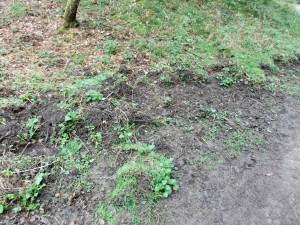
It’s one thing to be used to seeing signs of wild boar in France, quite another to realize these fine animals have returned without any bureaucracy about release licences and experimental sites and suchlike. Whatever happened, whether they just escaped or were released by animal rights protesters or some other story, they are now out in the wild, and exuberantly breeding.
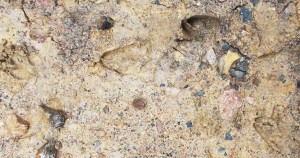
The many diggings beside the trails in the Forest of Dean show the presence of numerous family groups, while the splayed prints of different sizes leave no doubt about the families of pigs with all ages represented.
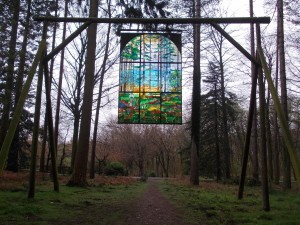
Casting pearls before swine … or at least, dangling stained glass over them. The forest is enlivened with a wide range of sculptures in the now very well established trail. The famous giant chair is becoming a bit wonky, and has been repaired with cement. The magnificent stained glass window adds glowing colour whatever the weather.
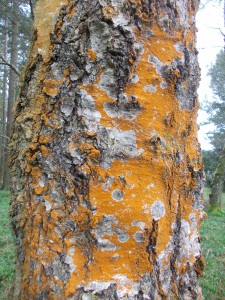
A lone birch in a clearing shines out with brilliant orange and white patches. The orange is not the common orange lichen (Xanthoria) which shows a leafy thallus: the orange patches here seem to consist almost wholly of fruiting bodies which are not circular apothecia with clear rims, but fuzzy tufts, presumably of spores. And the white circular patches are also lichens, not just areas of bare bark: their fruiting bodies show up dark within the white circles.